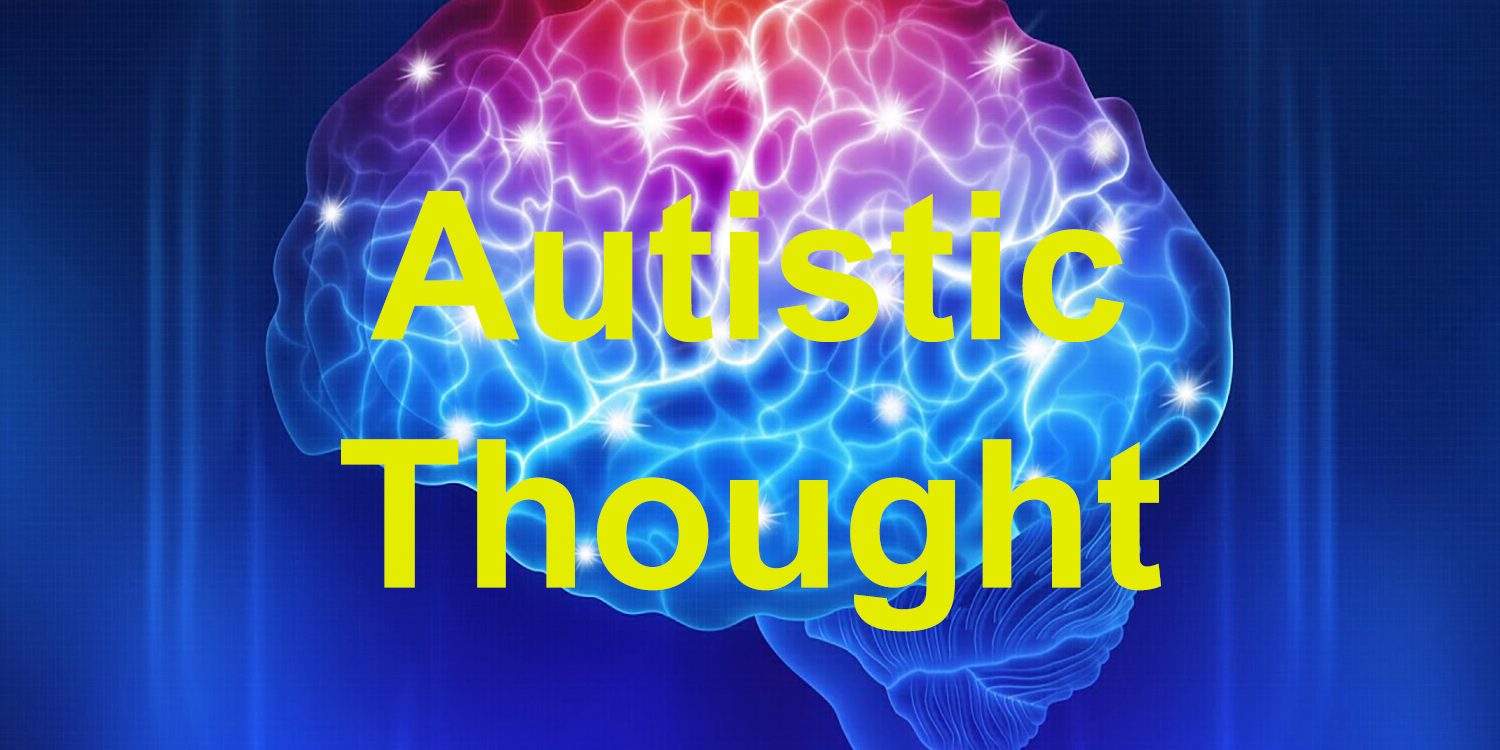Autistic thinking (from the ancient Greek cars – self) – a closed-deep personality type or cultural phenomenon; The term “schizoid” is also used in relation to personality. Not to be confused with the term “schizophrenic”. A schizoid is a personality type that can have schizophrenic genes in the blood of relatives, but does not itself have schizophrenia – this place is already occupied by the characterological type, which consists, so to speak, of withdrawal (introversion). The idea that the inner life of the soul is primary in relation to material life.
In this sense, autistic thinking is synonymous with idealism. However, autistic thinking is a psychological concept, not a philosophical concept. While an autistic schizoid may not necessarily be a poet or philosophy professor, it is important that his mind works a certain way.
The concept of autistic thinking was introduced by the Swiss psychologist and psychiatrist Eugen Bleiler, and the typical appearance of an autistic schizoid was described by Ernst Kretschmer in his book Body Structure and Character (1922). Unlike the fully cheerful optimistic person, the autistic person has a leptosomal, that is, “narrow” physique: as a rule, slender and tall, thin, dry, with somewhat mechanical movements. A characteristic autistic movement is the twisting of the entire upper part of the body, which looks like a razor falling from its vault.
In every culture, in every aspect of art, its own characterological personality type dominates. In the culture of the twentieth century. autistic-schizoid prevails, so we have chosen a separate article for the concept of autistic thinking. Outwardly (habitus) typical autists are outstanding cultural figures of the twentieth century such as James Joyce, Gustav Mahler, Arnold Schoenberg, Dmitri Shostakovich, Carl Gustav Jung.
In the twentieth century, autistic thinking is characteristic of all fields, not just individuals. The new mythologism, all aspects of modernism, has an autistic nature. (At the same time, it is important to understand that avant-garde art is not autistic – its characterological basis is a polyphonic mosaic (see Characterology).
Autists can be of two types – authoritarian; these, as a rule, are the founders and leaders of new directions (N. S. Gumilyov, A. Schoenberg, V. Bryusov); defensive (ie, with a predominantly defensive rather than offensive attitude); such was F. Kafka – vulnerable, afraid of women, of fathers, unsure of himself and the quality of his work, but in his own way extremely integral.
Classical autistics are so indifferent to external environmental conditions that they can more easily survive in extreme conditions. So, for example, the composer S. S. Prokofiev, who was completely internally alien to the Russian system, nevertheless easily wrote operas on Russian themes – “October”, “Semyon Kotko”, “The Tale of a Real Man” – he belonged to this forced thing, bad weather like. At the same time, his soul remained completely pure and cloudless. And the worried Shostakovich, who wrote much less to please the ranks, nevertheless always suffered for his sins, especially because he was forced to become a member of the communist party.
For example, there are reclusive schizoids like Albert Schweitzer, who abandoned work and music, following the inner logic of his harmony, and went to treat lepers in Africa. Ludwig Wittgenstein, “Tractatus Logico-Philosophicus” (see philosopher must be poor, philosopher must help those who need help most: children.
The meaning and specificity of autistic thinking is very accurately described by Hesse in the analogy of the “Poet”, in which a Chinese poet works under the guidance of a master far from his homeland. At some point he begins to miss his hometown and his master lets him go home. However, seeing his house from the top of the hill and performing this experience lyrically, the poet turns to his master, because the poet’s job is not to sing about his feelings and live an ordinary life (an example is taken from 1. book mentioned).
Literature
- Bleuler E. Autistic thinking – O., 1927.
- Kretschmer E. Body structure and character – M., 1994.
- Burno M.E. Difficult character and drunkenness – K., 1990.






